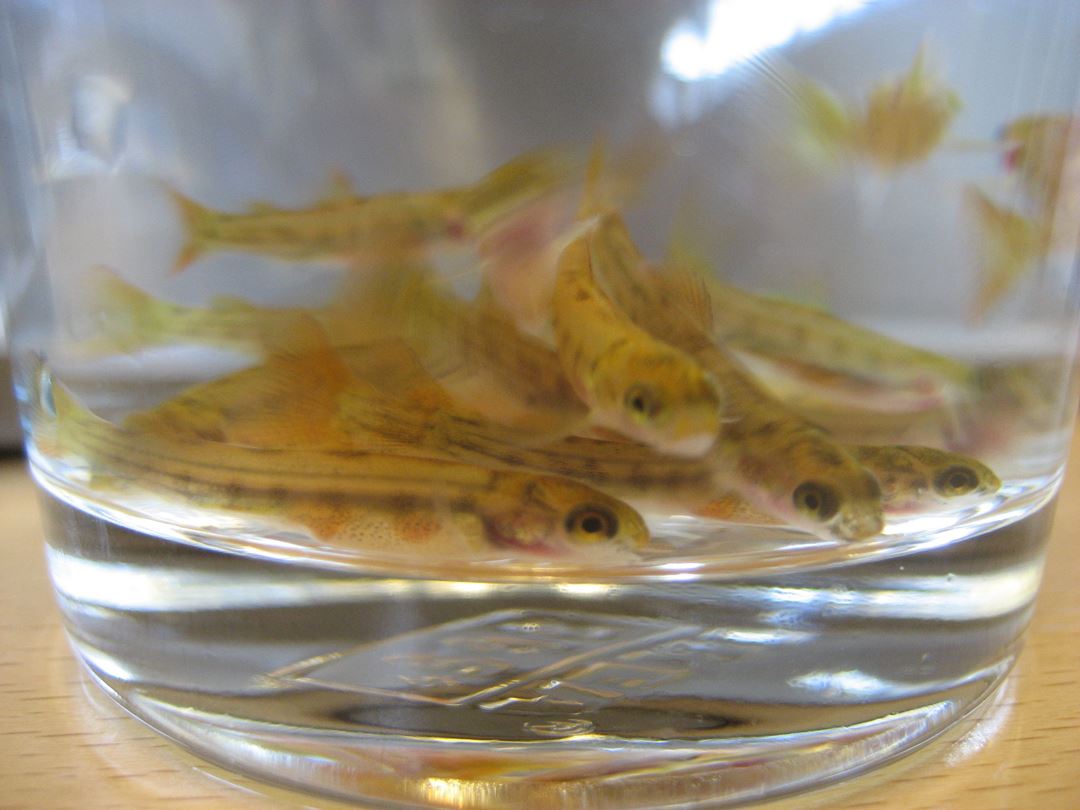Much is still missing
Closed aquaculture farms are not currently considered to be commercialized and it takes a considerable effort by both technological, biological and economic nature to succeed in making salmon farms more closed relative to its surroundings.
As of today there will be a significant increase in space requirements along the coast if you go over to the closed systems types. The study also points to some possibilities with closed facilities: It is likely with less salmon lice , one can achieve comparable growth with open systems and there is increased potential for technology to reduce emissions of organic particulate material.
The situation is however so that there is currently a lack of scientific data on large-scale testing of closed cage concepts. This applies both in technology, economics and biology. The possibilities to monitor and control the environment for fish, and to ensure the system against collapse and escape, are essential if we are to succeed with a new production concept with a closed cage. Therefore, better knowledge in this area must be established.
Biology
In the biological field, it is especially the themes welfare, health and performance of salmon in closed systems at sea and on land that is not adequately documented, especially for larger fish. This applies to quite basic fields such as water consumption, fish density, water quality and food and nutrition during rapid growth. To answer these questions should research efforts be increased.
Technology
There must be facilitated technological research on the forces acting on floating structures, as well as opportunities for controlling the plant's response to such forces. To obtain better modeling tools for floating flexible structures, we must have more knowledge. The same applies for making material fit the rigid structures.
Economy
The project points out that there is a lack of documentation on the economic aspects of the establishment and operation of plants in the sea and on land. The investment costs per m³ volume production today is high and should be reduced.

